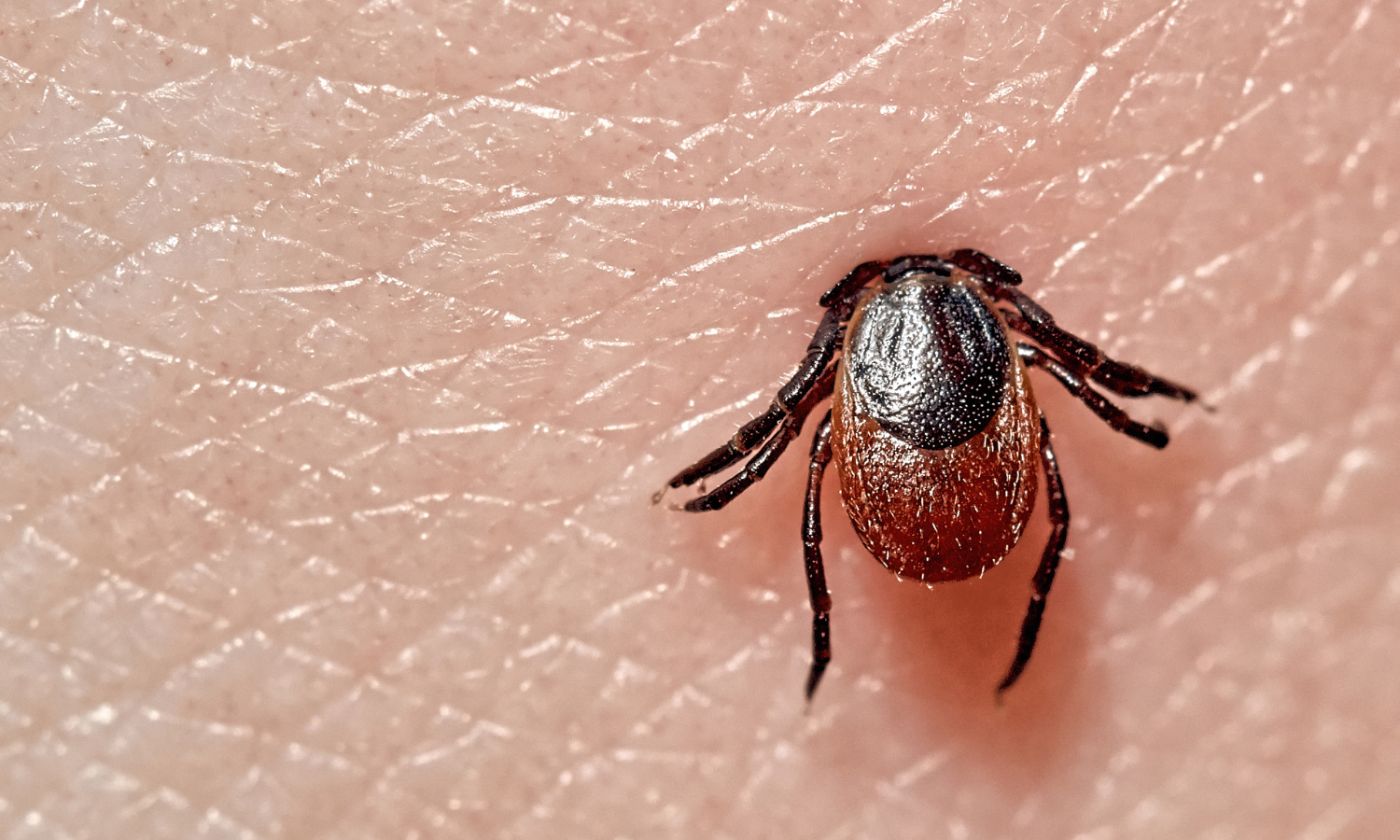While there is a lot of scare around the words Lyme disease, fear is often rooted in insufficient awareness on a topic. I trust that by possessing a greater understanding of what Lyme disease is, that fear will begin to dissipate. I know this had been the case for me.
What is Lyme disease?

Lyme disease was first identified in 1975 in Lyme, Conn., where the name originates from.
How do you get Lyme disease?
You get Lyme disease by being bitten by an infected black-legged tick—either the black-legged deer tick or the western black-legged tick. Ticks that are infected (with the bacterium Borrelia burgdorferi) can attach to any part of your body and are most commonly found in areas that are hard to see—your scalp, armpits, or groin area.
In most cases, the infected tick must be attached to your body for at least 36-48 hours to transmit the bacterium.
How do I know if I have Lyme disease? Will I get a rash?
Lyme Disease presents itself in three stages, though the symptoms within each stage can overlap and a person can find themselves in stage 2 without having experienced the symptoms of stage 1.
Stage 1: Early localized
The first sign is typically an expanding round or oval red "bullseye" rash that occurs at the site of the tick bite. This circle-ish rash, called erythema migrans, develops in about 70-80% of cases. It slowly grows, reaching 12 inches or more. The rash is not painful, does not itch, may be warm to the touch, and will gradually fade in most people.
Other symptoms of Stage 1 Lyme disease include fever, headache, and fatigue.
Stage 2: Early disseminated
Lyme disease reaches this stage if it wasn’t detected during stage 1, either because symptoms weren’t present or it wasn’t found and treated. Symptoms of Stage 2 may appear within weeks to months after the initial infection and can include severe headaches or fainting, painful arthritis, swelling of the joints, heart and central nervous system problems, and poor memory and reduced ability to concentrate.
Stage 3: Late disseminated
If Lyme disease isn’t properly treated, it reaches stage 3. Damage to the joints, nerves, or brain may occur, as well as problems with memory, mood, sleep, and sometimes even speaking.
How is Lyme disease treated?
Lyme disease treatment is through the use of antibiotics. Most Lyme disease is curable with a short course of oral antibiotics, particularly when the infection is diagnosed and treated early. Later stages might require three to four weeks of intravenous antibiotics.
How do I know if my dog has Lyme disease? What are the symptoms?
Dogs are very susceptible to tick bites and tickborne diseases.

Tick bites on dogs can be hard to detect and symptoms of a tickborne disease may not appear for 7-21 days or longer after a tick bite. If you suspect that your pet has been bitten by a tick, it’s important to watch your dog closely for changes in behavior or appetite.
The most common symptoms of Lyme disease in dogs includes fever, appetite loss, swollen joints that are warm to the touch, unexplained recurrent limping or joint pain that seems to shift from leg to leg, swollen lymph nodes, lameness, walking stiffly, and lethargy.
The main ailment in dogs, though, is arthritis due to bacterial migration through the joints. The Lyme disease bacterium, Borrelia burgdorferi, prefers body tissues that are high in collagen, like the skin, joints, heart, tendons, muscles and lymph nodes. These tissues, therefore, tend to be the most affected.
How can Dr. Killigan’s help?
As a proactive measure, spray Six Feet Under on your beloved pet before and after outings. Want to feel even more protected? Spray Six Feet Under on your furry friend’s bedding as often as you would change the sheets on your own bed. Two of Six Feet Under’s main ingredients are clove oil and cinnamon oil, both of which are highly effective in repelling ticks.
We’re in the business of keeping you, your family, and your pets safe.





















